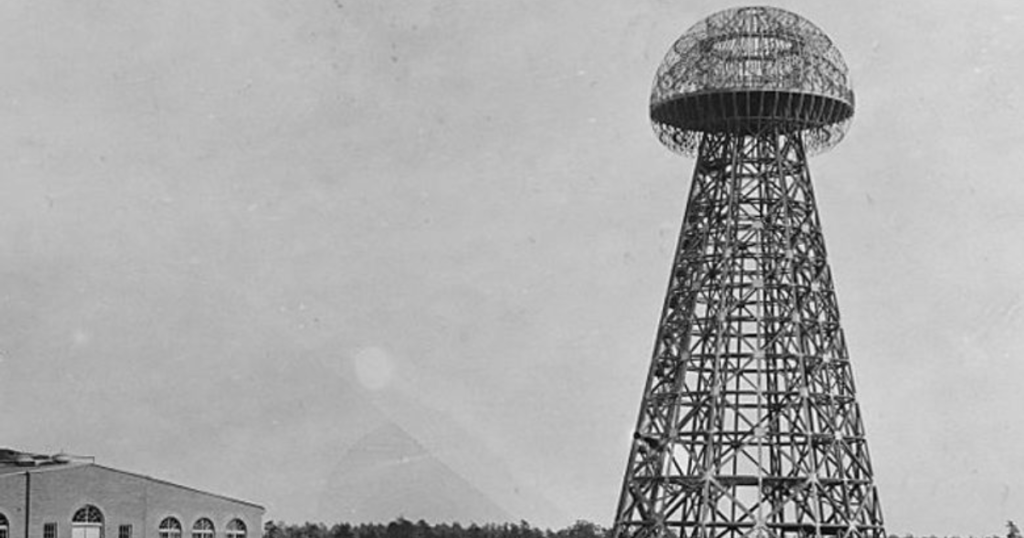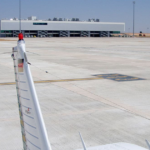Introduction
Nikola Tesla, one of history’s greatest inventors, envisioned a world where electricity could be transmitted wirelessly across vast distances. His ambitious project, the Wardenclyffe Tower, was meant to be the first step toward making this dream a reality. However, due to financial and logistical challenges, the tower was never completed. Today, it remains a symbol of lost potential and a tantalizing glimpse into what could have been a revolutionary advancement in technology. This article explores the history, purpose, challenges, and lasting legacy of Tesla’s unfinished wireless power transmission tower.
The Vision Behind Wardenclyffe Tower
In the late 19th and early 20th centuries, Tesla developed pioneering ideas on wireless energy transmission. He believed that electricity could be distributed globally without wires, making power accessible to everyone, regardless of location. Tesla’s vision included:
- Global Wireless Power: A network of towers transmitting electricity through the Earth’s atmosphere.
- Free Energy for All: Providing electricity without cables, reducing infrastructure costs.
- Revolutionizing Communication: Enhancing wireless communication, radio, and even long-distance imaging technologies.
To achieve this goal, Tesla began construction of the Wardenclyffe Tower in 1901, located in Shoreham, New York. The tower was designed to transmit electrical energy across great distances without wires, using principles of resonance and atmospheric conduction.
How Wardenclyffe Tower Was Supposed to Work
Tesla theorized that the Earth itself could be used as a conductor for electrical currents. His method involved:
- High-Frequency Resonance: Generating high-voltage, high-frequency currents using a Tesla coil.
- Earth-Based Transmission: Sending electricity through the Earth’s crust using specially tuned frequencies.
- Atmospheric Conduction: Utilizing the ionosphere as a medium for wireless transmission.
- Receiver Stations Worldwide: Devices that could capture and convert the transmitted energy into usable electricity.

Tesla’s idea was that, much like radio waves, electrical power could be transmitted through the air to homes and industries worldwide. If successful, this would have eliminated the need for transmission lines and transformed global energy distribution.
Challenges and Downfall of the Project
Despite Tesla’s brilliance, the Wardenclyffe Tower project faced several insurmountable challenges:
Financial Difficulties
Tesla initially received funding from J.P. Morgan, one of the most powerful financiers of the time. However, Morgan’s support waned when he realized that Tesla’s vision threatened the existing business model of wired electricity, which relied on metered consumption. Without a steady revenue model, the idea of “free energy” did not appeal to investors.
Scientific and Engineering Limitations
While Tesla’s theories were groundbreaking, the practical implementation of wireless power transmission at a large scale was still uncertain. Scientists at the time questioned whether the Earth’s atmosphere could efficiently conduct electricity without massive energy losses.
Competing Technologies
During Tesla’s era, Thomas Edison and George Westinghouse were advancing wired power transmission, specifically through the widespread adoption of alternating current (AC). AC power grids were already proving to be reliable and profitable, reducing interest in alternative transmission methods.
Lack of Support and Government Interest
Governments and industrial leaders were skeptical about Tesla’s wireless power project. Without political or corporate backing, the Wardenclyffe Tower was left incomplete.
Project Abandonment and Demolition
By 1906, Tesla was out of funds, and construction on the tower ceased. In 1917, the partially built structure was demolished to pay off Tesla’s debts. What remained of the site was eventually repurposed, marking the end of one of history’s most ambitious technological dreams.
The Legacy of Tesla’s Wireless Power
Although the Wardenclyffe Tower was never completed, Tesla’s ideas about wireless energy transmission continue to inspire modern scientists and engineers. Some key areas where Tesla’s concepts are being explored today include:
Wireless Charging Technologies
Tesla’s dream of wireless power transmission is partially realized in wireless charging for smartphones, electric vehicles, and medical devices. Technologies like Qi wireless charging and resonant inductive coupling are direct descendants of Tesla’s early experiments.
Microwave and Laser-Based Power Transmission
Modern researchers are developing ways to transmit energy wirelessly using microwaves and lasers. These technologies are being explored for space-based solar power, where satellites would collect solar energy and beam it down to Earth.
Tesla’s Influence on Renewable Energy
Tesla’s belief in sustainable, freely available energy has influenced renewable energy research, particularly in solar and wind power. His vision of decentralizing energy production aligns with today’s push toward off-grid energy solutions.
Revival of the Wardenclyffe Site
In recent years, efforts have been made to preserve Tesla’s last remaining laboratory at Wardenclyffe. The Tesla Science Center, founded in 2012, aims to restore the site as a museum and research center dedicated to Tesla’s legacy and innovations.
Could Tesla’s Vision Still Become Reality?
With advancements in technology, Tesla’s concept of wireless energy transmission might still be possible. Researchers are exploring ways to:
- Improve wireless energy efficiency through quantum physics and superconductors.
- Develop satellite-based wireless power grids to beam energy to remote areas.
- Expand wireless electric vehicle charging to reduce reliance on charging stations.
While large-scale wireless power transmission as envisioned by Tesla remains a challenge, continued advancements in physics, materials science, and energy transmission could bring us closer to realizing his dream.
Conclusion
Tesla’s unfinished Wardenclyffe Tower represents both the brilliance and tragedy of one of history’s greatest inventors. His dream of wireless global energy was ahead of its time, and although his project was never completed, his ideas continue to shape modern technology. Whether through wireless charging, satellite energy transmission, or future breakthroughs in energy distribution, Tesla’s vision lives on. While we may never see a world powered by giant Tesla towers, his genius continues to inspire innovation and scientific discovery.
Would Tesla’s wireless energy system have changed the world? Perhaps. But one thing remains certain: Nikola Tesla’s impact on modern science and technology is undeniable.

